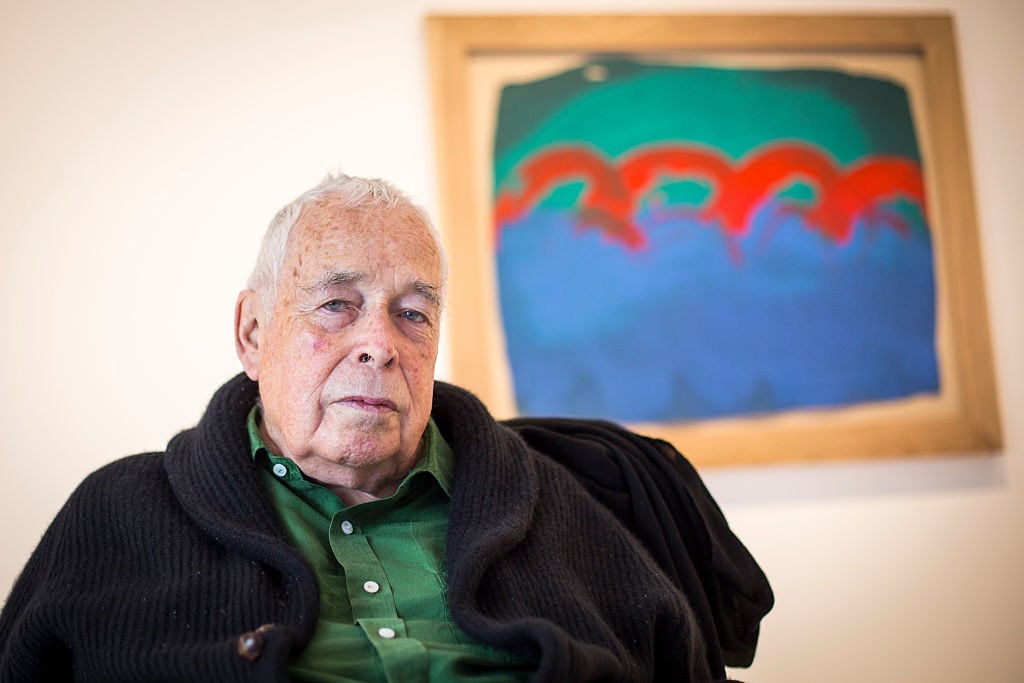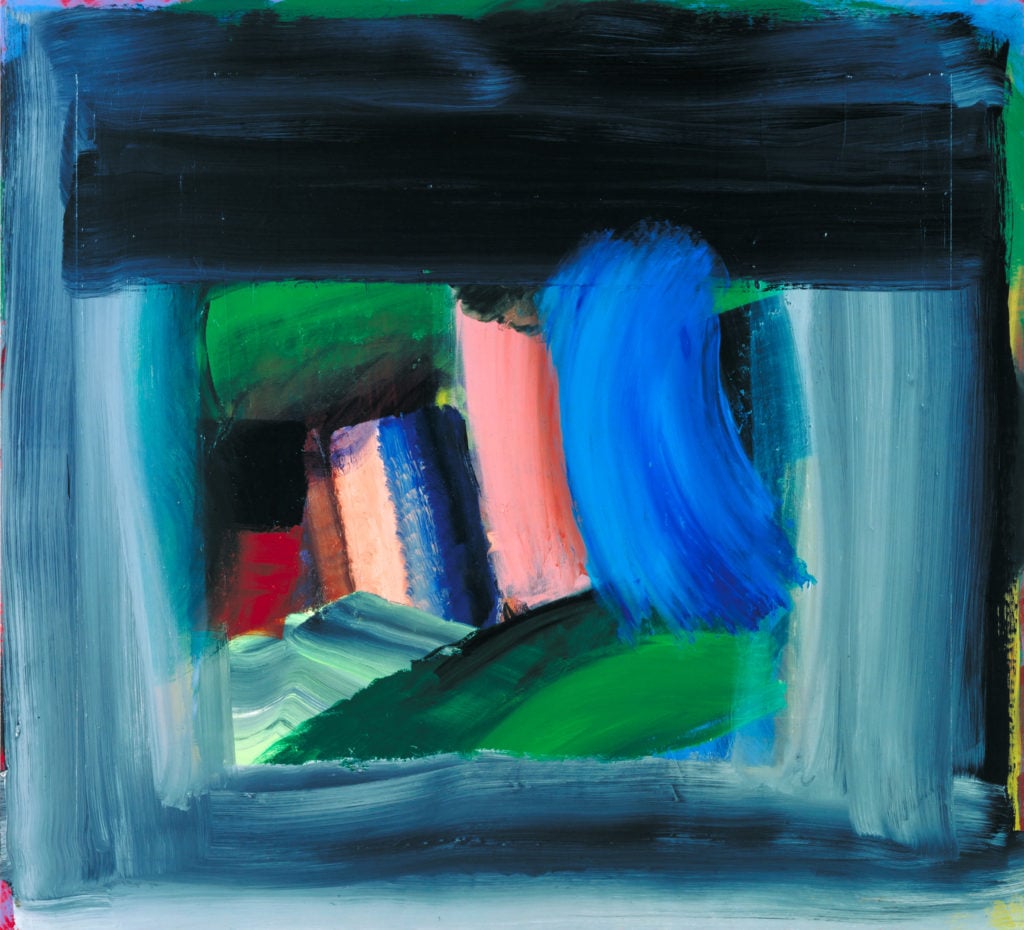People
Painter Howard Hodgkin Has Died, Aged 84
Hodgkin executed a delicate dance between abstraction and representation.

Hodgkin executed a delicate dance between abstraction and representation.

Brian Boucher

British painter Howard Hodgkin died today at a hospital in London, according to an announcement from the Tate.
“I hate painting,” the artist told the Guardian in 2016, adding that “most of the time it’s irrelevant. It doesn’t mean enough, ever, quite.” Yet either despite or because of this temperament, he was one of Great Britain’s most celebrated painters.
Hodgkin was known for riotously bright colors and abundant art-historical allusions. He represented Britain in the Venice Biennale in 1984, won the Turner Prize in 1985, and was the subject of a retrospective at New York’s Metropolitan Museum of Art 10 years later. A touring retrospective of his work came to Tate Britain in London and the Irish Museum of Modern Art, Dublin, in 2006, and then to the Reina Sofia, Madrid, the following year.

Howard Hodgkin, Rain (1984–89). Courtesy Tate, © Howard Hodgkin.
One of Hodgkin’s trademarks was to paint on the frames, right up to the edges. In the Guardian, Charlotte Burns characterized that move as a way of asserting control, “making sure the object’s completeness cannot be interrupted by a frame placed around it by somebody else.”
Hodgkin was active late into his life, showing a group of “surprisingly adventurous works” at Gagosian in New York in 2011, in the words of David Ebony in Art in America. “As in the best Hodgkin paintings,” he said of a semi-abstract seascape, Dark Evening (2011), “a tension arises from the precarious balance of illusionistic space and the purely abstract, tactile richness of the surface.” In the New York Times, Roberta Smith deemed the same show “surprising and risky.”
“Howard Hodgkin was one of the great artists and colourists of his generation,” said Tate director Nicholas Serota in an announcement of the artist’s death. “His sensuous, intense paintings were infused with his love and understanding of late nineteenth century French painting, especially Degas, Vuillard and Bonnard, and by his feeling for the heat and colours of India, which he visited on many occasions. … His characteristic subject, the memory of a meeting or a conversation with a friend, resulted in paintings that radiate the emotions of life: love, anger, vanity, beauty and companionship.” A long-time champion, Serota organized Hodgkin’s first museum show in 1976 at the Museum of Modern Art, Oxford.
Born in in London in 1932, Hodgkin studied at the Camberwell School of Art and the Bath Academy of Art; he later served on the faculty there. His work appears in museum collections including Tate, London; the British Museum, London; and the Metropolitan Museum of Art and the Museum of Modern Art, New York.
As a testament to his popularity, he leaves behind a slew of upcoming exhibitions celebrating different aspects of his work. Hodgkin died on the eve of the first exhibition of his portraits, “Absent Friends,” which opens at London’s National Portrait Gallery on March 23. “Painting India” will be at the Hepworth Wakefield from July 1–October 8. “Howard Hodgkin: India on Paper” will be at the Victoria Art Gallery, Bath, October 14, 2017–January 7, 2018.